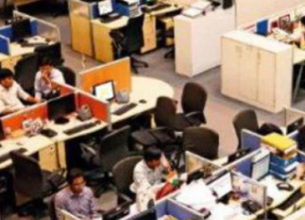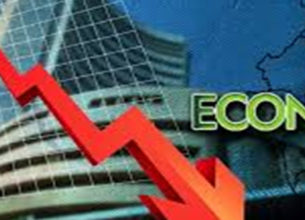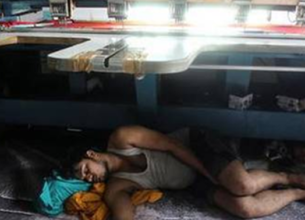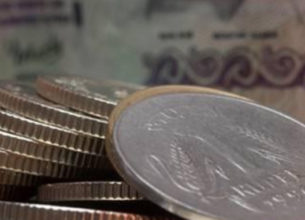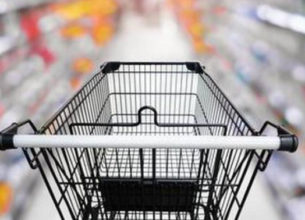SLOWDOWN CONFIRMED: ON DEEPENING ECONOMIC CRISIS
03, Jun 2019

Prelims level : Growth
Mains level : Inclusive growth and issues arising from it
Why in News:
- The first macro data set released under the new Finance Minister, Nirmala Sitharaman’s showed an under-performing economy with GDP growth falling to 5.8%. The second government takes office amid a clear economic slowdown.
Details:
- The first macro data set released under the new Finance Minister, Nirmala Sitharaman’s showed an under-performing economy with GDP growth falling to 5.8% in the fourth quarter of 2018-19 and pulling down the overall growth for the fiscal to a five-year low of 6.8%.
- Growth in gross value added (GVA), which is GDP minus taxes and subsidies, fell to 6.6% in 2018-19, pointing to a serious slowdown.
- The growth in core sector output a set of eight major industrial sectors fell to 2.6% in April, compared to 4.7% in the same month last year.
- Unemployment data, showed that joblessness was at a 45-year high of 6.1% in 2017-18.
- The economy is troubled by a consumption slowdown as reflected in the falling sales of everything from automobiles to consumer durables, even fast-moving consumer goods.
- The rural economy remains in distress, as seen by the 2.9% growth in agriculture last fiscal. The new Finance Minister has to boost consumption, which means putting more money in the hands of people.
Way forward:
- Finance minister has to take measures to boost private investment even as she opens up public spending again. Major reforms, starting with land acquisition and labour, corporate taxes by reducing exemptions and dropping rates, and nursing banks back to health had to be taken.
- Recapitalisation of the ailing banks, and consolidation had to be done.
- With tax revenues likely to be subdued owing to the slowdown, the Centre will have to look at alternative sources such as disinvestment.
Centre have to go big on privatisation to boost investments.
Economic growth:
- Economic growth means a rise in the real Gross Domestic Product; effectively this means a rise in the national income, national output and total expenditure. Economic growth enables a rise in living standards and greater consumption of goods and services. As a result, economic growth is often seen as the ‘holy grail’ of macroeconomics.
Slowing the economy
- One of the reasons of slowing down of growth can be attributed to shortage of money. While currency in circulation is not a problem, the money that much of the formal economy uses for transactions, and see as bank deposits i.e. M3 or broad money and is eight times the hard currency in circulation, is not finding its way to the market.
- Our Financial system which converts base money to M3 is not functioning smoothly. When banks give new loans, they “create” money. When the financial system is not functioning effectively, this process of money creation slows down, and the ratio of M3 to M0 (also called the money multiplier) falls.
- Measures of Money Supply: M0, M1, M2, M3 and M4
- The total stock of money in circulation among the public at a particular point of time is called money supply.
- The measures of money supply in India are classified into four categories M1, M2, M3 and M4 along with M0. This classification was introduced in April 1977 by Reserve Bank of India.
Reserve Money (M0):
- It is also known as High-Powered Money, monetary base, base money etc.
- M0 = Currency in Circulation + Bankers’ Deposits with RBI + Other deposits with RBI.
- It is the monetary base of the economy.
Narrow Money (M1):
- M1 = Currency with public + Demand deposits with the Banking system (current account, saving account) + Other deposits with RBI.
- M2 = M1 + Savings deposits of post office savings banks.
Broad Money (M3):
- M3 = M1 + Time deposits with the banking system
- M4 = M3 + All deposits with post office savings banks



